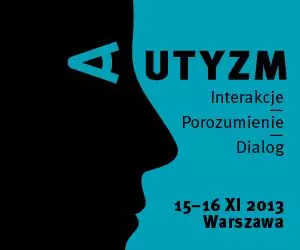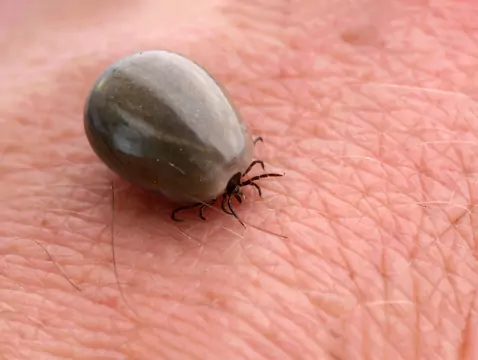October marks the start of International Augmentative and Alternative Communication (AAC) Month.
The acronym AAC is used to refer to any activity that aims to help people with limited or no speech, including those with autism, to communicate. The use of AAC-based applications will be one of the topics of the conference "AUTYZM. Interaction - understanding - dialogue'.
The problem of holistic developmental disorders, including autism, affects 1% of the entire population, regardless of race, place of residence or economic status. All people affected by holistic developmental disorders have severe communication difficulties. It is estimated that about 30% of people with autism are non-speakers. This group often uses alternative and assistive communication methods - AAC.

photo: SYNAPISS Foundation
- Three-year-old Charles has learned to communicate with his parents thanks to an AAC-based method. Now he can ask for food or toys on his own, express his wants and needs. If he wants to communicate with his parents about something that interests him or how he feels, he gives them a picture. A thread of understanding is created with the parents and the child is encouraged to develop this relationship. This method has also been successfully used with adults with autism, opening the way to contact for people who have never learned to speak. - says Joanna Grochowska therapist and vice-president of the SYNAPISS Foundation.
On the initiative of the International Society for Alternative and Augmentative Communication (ISAAC), October has been International AAC Month since 2007 and is celebrated worldwide. Its aim is to inform the public about the existence of many different ways in which people with speech difficulties can communicate.









